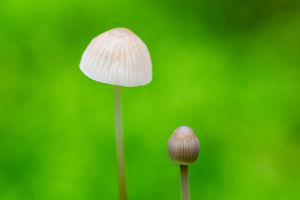Tulips are cherished for their vibrant colors and classic elegance, making them a favorite in gardens and floral arrangements worldwide.
Their simple yet striking appearance adds a touch of sophistication to any landscape.
1. Varieties and Colors
Diverse Colors: Tulips come in a wide range of colors, including red, pink, yellow, white, and purple, allowing for creative garden displays.
Types: Varieties include Darwin Hybrid, Triumph, and fringed tulips, each with unique shapes and sizes.
2. Planting Tulips
Timing: Plant tulip bulbs in the fall, about 6-8 weeks before the first frost, to allow them to develop roots before winter.
Location: Choose a well-drained spot with full to partial sunlight. Tulips thrive in cooler climates but can adapt to various conditions.
3. Care and Maintenance
Watering: Keep the soil consistently moist but not waterlogged. Tulips require regular watering, especially during dry periods.
Fertilizing: Apply a balanced fertilizer in early spring to support growth and blooming.
4. Post-Bloom Care
Deadheading: Remove spent flowers to encourage bulb development for the next season.
Storage: After the foliage dies back, dig up bulbs and store them in a cool, dry place until the next planting season.
5. Pests and Problems
Pests: Watch for pests like aphids and mites, which can damage tulip flowers and foliage.
Disease: Avoid fungal diseases by ensuring good air circulation and proper spacing between plants.
Conclusion
Tulips are timeless flowers that bring beauty and color to any garden.
So, Lykkers, with proper care and planting, you can enjoy their elegant blooms year after year.
2 Billion Tulip Bulbs Produced and Harvested - Tulips Cultivation Technique in Green House
Video by Noal Farm


